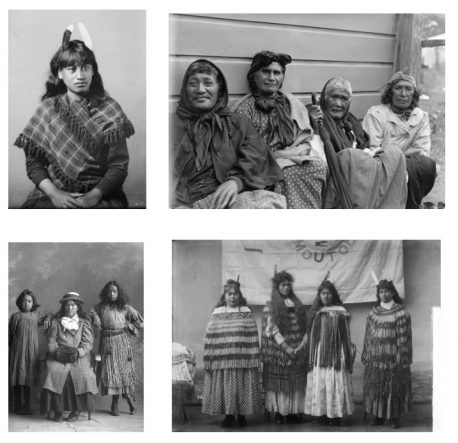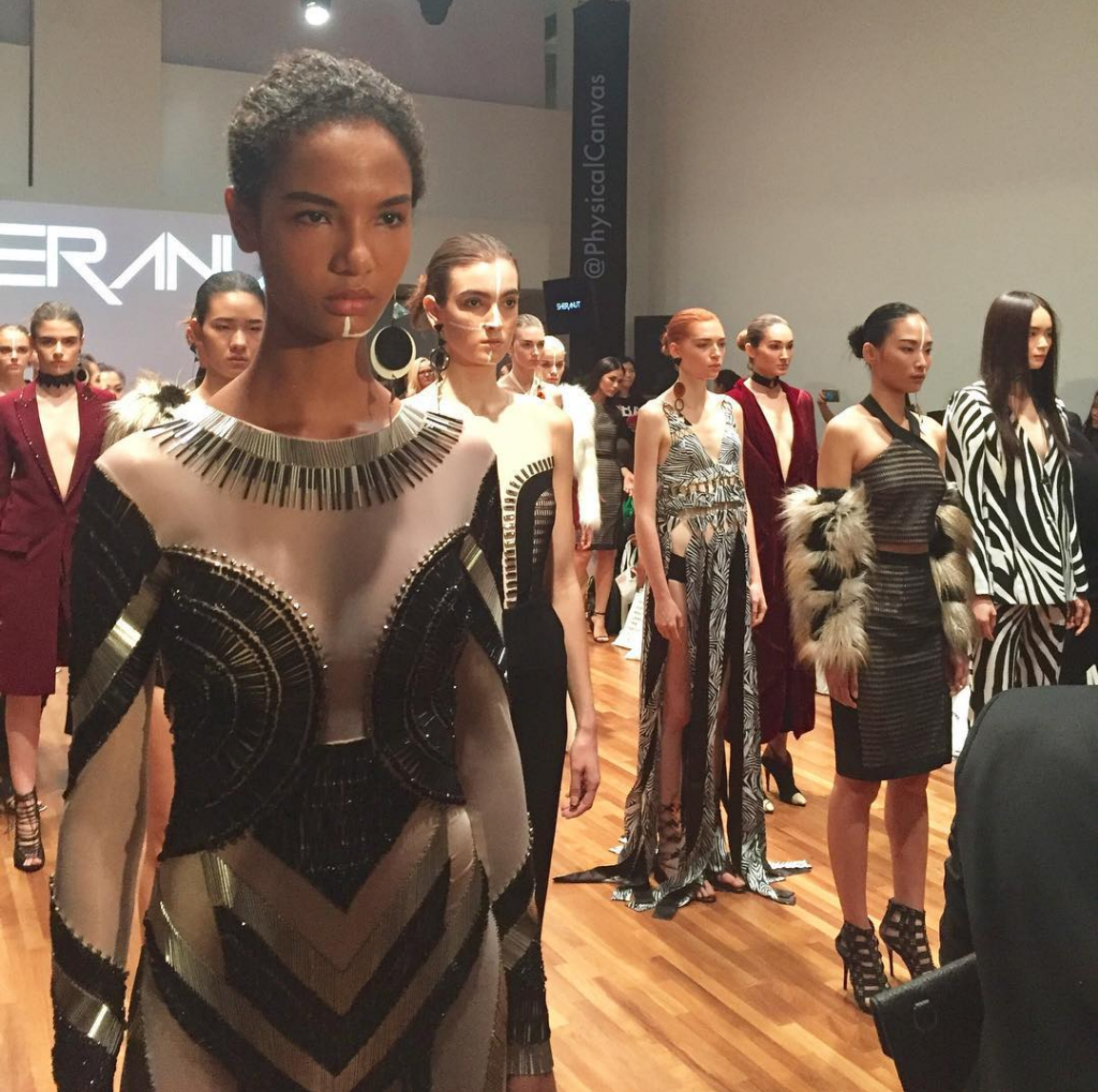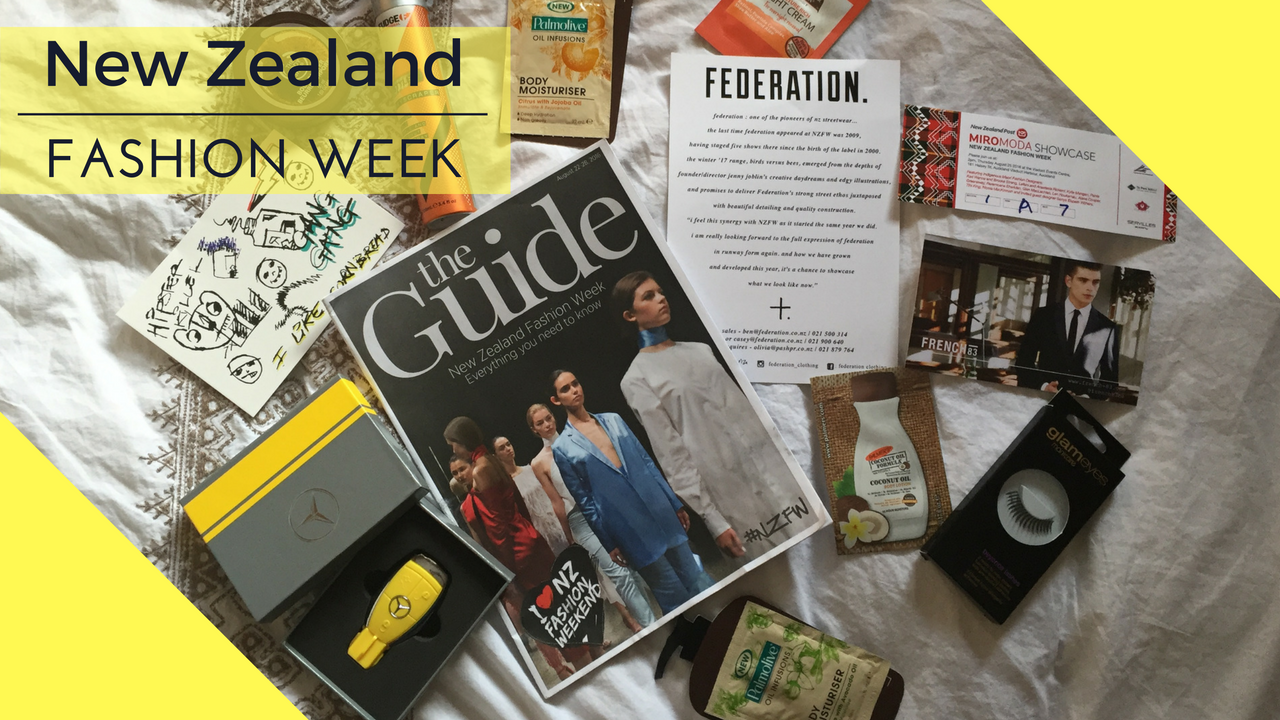
News alert. The new kids on the fashion block are not from New York. They’re from New Zealand. You wouldn’t know it because they haven’t shouted it from the rooftops so consider me your neighborhood chat queen and listen up.
As style preferences span across the world, designers and creative teams draw inspiration from a number of sources for their collections. From streetwear, to art and subcultures in between, creatives take note of emerging trends and adopt them for commercial use for a global audience. The upshot is a cross pollination of ideas, however, historically the fashion industry has found itself in hot water for hitting the proverbial ‘copy + paste’ on traditional themes without receiving permission or acknowledgment from its originators. Let’s face it, cultural appropriation isn’t going away anytime soon as evident from collections that have plagiarized ethnic hallmarks from Black hairstyles (read: double side-eye to Marc Jacobs) to sacred family symbols. After all, there are 52,091 Instagram posts filed under the #culturalappropriation hashtag. Due to the overwhelming examples of cultural exploitation, it has left little grounds to nurture the seedlings of cultural appreciation (hence the pitiful 5,133 Instagram posts under #culturalappreciation). Wait, are we still talking about NZ Fashion Week? Yes, keep reading. It gets better.
To be clear, this isn’t an appropriation piece.
This is a celebration of artistry permeated in originality and heritage. What better way to disrupt the narrative of cultural appropriation than to redirect the spotlight onto indigenous designers that are telling their own stories? Imagine that. Picture a utopian future in which the fashion industry emphasizes the importance of a legitimate cultural exchange instead of unearthing the ideas of an underrepresented group for profit, then attributing inspiration to a hipster crowd under the guise of art and pop-culture.
Thankfully, New Zealand Fashion Week is bucking the trend by providing a space for indigenous creatives through the brainchild of Ata Te Kanawa.
Enter Miromoda.
MIRO is the technical term used in traditional Māori weaving for twining fibers.
MODA is Italian for fashion
Say it with me now, Miro…moda. Miromoda. Good. The word should roll off your tongue.
Since 2009, Miromoda has cultivated the finest soil to nurture new and emerging talent for Māori¹ designers. The organization’s commitment to nurturing the development of indigenous designers is apparent through its NZ Post Miromoda Showcase which delivers every year at New Zealand Fashion Week without fail. Ancestral ties to history, values and traditions are embedded into contemporary looks allowing designers to tell stories of their past, present and future. Mood boards transcend into family trees as designers draw inspiration from their iwi (tribe) to pay homage to their whanau (family).

Designer Reremoana Rawinia Sheridan draws inspiration her Māori roots.
This year’s theme is appropriately titled Legacy and the showcase did not disappoint. But beyond the wildly perfect pieces sent down the catwalk, my curiosity still yearned to understand the cultural significance behind the collections. So I asked six designers from the showcase to share the specifics behind their collection. I got more than I bargained for. I got sheer brilliance.
Meet the Designers
Pania Greenway
Collection: Alpine Stress
Concept: Tongariro National Park has an impressive landscape with a breath-taking flora, fauna and wildlife living amongst this volcanic alpine climate. Greenway uses distressed denim and other fabrics to articulate a Māori worldview about the environmental issues facing Tongariro National Park, where her Taupō iwi, Tūwharetoa, comes from.
Cultural Connection: Greenway states, “The fragile ecosystem is under threat from all of the visitors, particularly the number of people who walk the Tongariro Crossing. Today approximately one million people visit the park which adds trauma to the already stressed environment which is constantly under threat of invasion from introduced plants and animals. The collection highlights some of the issues that threaten the delicate balance between native species on Tongariro and foreign environmental elements.
Construction: Denim and wool are used to highlight the strength and permanence of the environment which are heavily textured distressed and laser cut to show that under stress it will break down over time. Gold knit, lame and sequins are used to emphasize the delicate and fragile nature of the flora and fauna that are unique to the area. “We believe that Tongariro is our ancestor and I put the words ‘Walking on an ancestor’ on the back of a jacket to remind people to tread carefully.’” This collection delivers eight looks, including wearable separates and glam pieces.
Covetable piece: I’ve already claimed the denim varsity jacket. Back off, that baby is mine.

Len Houkamau
Collection: Te Tai Tamawahine
Concept: The Te Tai Tamawahine collection derives from the narrative that in some traditions the waters off the Tairawhiti region are named Te Tai Tamawahine which translate to the ‘peaceful, female waters’. Houkamau explains that he is drawn to the NZ Post Miromoda Showcase to “be able to work and see other indigenous designers and work in an indigenous workspace.”
Cultural Connection: Inspired by the Tairawhiti region, the designer drew inspiration from his mother’s origins from the east coast of Aoetera (New Zealand). Pushing beyond the expectations of ‘tribal designer,’ Houkamau considers himself a hybrid designer, drawing inspiration dually from his culture and present trends with the intention of fusing traditional elements and contemporary techniques. He finds his voice and authenticity by looking back on his iwi (tribe) to push the boundaries of his work. “Culture means life…it’s who you are, it’s everything about everybody,” says Houkamau.
Construction: Akin to the ocean, Houkamau presents elements of the water’s irregularity through delicately stressed halter dresses and single-shouldered tops which drifted along the runway. From cascading waterfalls to crashing waves, Houkamau reimagines the elements of the east coast in a double handkerchief skirt and cascading hemlines in aquatic blues. The collection is simultaneously a body of work and water which reflects the tranquility of the sea.
Covetable piece: Yes to the ethereal finale dress *insert praise hands emoji*

Reremoana Sheridan
Collection: Life’s Blood
Concept: Life’s Blood sheds light on the ‘plastic Māori’ stereotype and the damage that is caused under a societal assumption that fair skin and certain attire is deemed unacceptable. The ‘plastic Māori’ label originated when some Māori people, who concealed their heritage due to prejudice, started to acknowledge their roots however could not speak Te Reo² nor knew any tikanga (knowledge) or their whakapapa (heritage/family).
Cultural Connection: Sheridan uncovers the personal and cultural experiences which lay the poetic foundation of her collection’s vision:
I have been told in the past that I am not the same kind of Māori as ‘them’.
Or I’m not as Māori. I’m a ‘plastic Māori’.
But I am ‘them’.
The collection represents the whakapapa that runs through the veins of her son and the grand-children after him. Life’s Blood is about the essence of identity whether it is adorned visibly with ta moko³ or skillfully preserved internally.
Construction: The term ‘plastic Māori’ has been thrown around loosely for years. As such, Sheridan fittingly chose to use 100% linen with a PU coating as the perfect portrayal of the term. [read: GENIUS]. From a distance, the fabric is initially perceived as plastic however upon closer inspection of the foundation, the depth of the fabric is natural. Herein lies the conceptual interpretation of the stereotype ‘plastic Māori’.
Life’s Blood features subtle design elements throughout the collection including a hand-woven bolero jacket and a diagonal seam on the korowai shirt dress as a nod to traditional korowai which was previously worn over European clothing. Sheridan combines traditional elements with a slight twist on a leather fringe Poutama skirt as a modern take on a piupiu, a skirt-like garment made of flax strands that hang from a belt. The cherry on top of the collection are the woven potae (hats) paired with matching capes.
The spectrum of colours and techniques used are symbolic of Sheridan’s iwi (tribe) and her awa (rivers). Earthy colours and ox blood coat the leather, linen and the PU coated linen as an ode to the blood that runs through Māori veins,
Covetable piece: Pass the potae. Seriously, all of them.

Kylie Mangan
Collection: Down to the Wire
Concept: The concept behind Mangan’s collection tells a tale of the contrast between the two lands- the one she loves and the one she now calls home. Born in Aotearoa, Mangan was inspired by the juxtaposition between the rugged landscape of New Zealand and the colourful contrast of the Gold Coast of Australia. The distinction between the countries are reflected throughout the collection with respect to colour, design and fabrication.
Cultural Connection: As a fashion designer, Mangan is influenced by her Māori culture and the environment around her. In the past, she has drawn inspiration directly from her roots going back to her first collection with Miromoda. In 2013 Mangan used tartan throughout the collection which reflected the shawls worn by many elders at the marae4.
Construction: Kylie Mangan’s collection consists of bold silk prints and signature capes with elliptical cut-outs and strategically placed slits for the ease of being hands free. The A/W17 assortment presented full length cloaks in woolen fabrics and familiar design lines with a touch of tomboy street. Mangan alludes to her design aesthetic, noting that it is “minimal, street chic, comfortable and quality pieces with a design difference.” As she progresses into her career as a designer, she opts for minimal designs. Interpretations of Māori culture need not be literal in order to reference her lineage. She believes that honouring her heritage can be as simple as a design line or a print. Mangan loves nothing more than to see people looking good and feeling even better while wearing her pieces.
Covetable piece: The pressure is too much for me to choose between the kaleidoscope cape/pantsuit combo and the triple belted wool coat in army green. Darn you Mangan. Darn you.


Kerri & Brooke Wanoa of WANOA FOUR
Collection: Legacy 2.0
Concept: WANOA FOUR was born from the ethos of four sisters. They are not fast-fashion nor passing fads, insisting “we are about LEGACY, who we are and where we come from.” WANOA FOUR is a brand that crosses generations. It prides itself on the ability to pass pieces like family heirlooms from one generation to the next. It’s no wonder that every piece in each collection is made specifically for the customer to hold onto as a signature keepsake “forever and for always, from us to you”.
Cultural Connection: The pair’s first collection was an expression of cultural pride & identity, steeped in handmade craftsmanship, designed and made in New Zealand. It focused on tailoring and texture. Gorgeous fabrics and pure New Zealand wools weave a legacy of their own. Warm creams contrast ink blacks and stone greys, natural linens and silks, soft cashmere and raw leather, bring a fusion of quality and bespoke detail. Timeless garments meant for longevity.
Construction: This year, Legacy 2.0 is an extension of the designer duo’s vision. A cohesive mix of cable knit wools and tailored pieces for a modern take on cool practicality. For those daring to assert elevated streetwear chic into their wardrobes, knits with perfect fits and relaxed silhouettes in navy, grays and blacks are styled seamlessly with Reeboks which conjures pure 80s nostalgia. Classic. The reverse V-neck knit yields an unpredictable element of surprise styled with a narrow skirt and pant combo.
Covetable piece: Currently craving this head-to-toe look including the sheer blouse with the repeating navy and white motif on the collar and sleeves.

Sonya Elspeth Withers
Collection: Sewithers
Concept: Withers is continually inspired by a traditional piece of cloth known as Siapo in Samoa, a natural cloth made from the bark of the Paper Mulberry tree otherwise known as Tapa cloth throughout Oceania. The vision for the collection was inspired by a translation of hand drawn siapo designs through digital media. The invited guest designer of the showcase explains that she focused on adapting traditional aesthetic methods with current and accessible technology. Her profession in tailored menswear led her to reimagine a modern look for Samoan diaspora living in New Zealand.
Cultural Connection: Growing up as a child of mixed race to a Scottish father and a Samoan mother, Withers was never aware of the major influences her ethnic identity would play as a designer today. Withers notes, “Looking back now I have seen how important the teachings of my elders and Samoan relatives have become in providing me with a sense of respect for tradition, Samoan culture and faith.” Siapo was once worn as clothing before cotton was introduced to Samoa. As a Samoan textile designer, Withers utilizes the resources available in her environment as her ancestors once did before her.
Construction: Swithers presents a bold menswear collection combining aspects of traditional suits and vibrant pasifika themes. “As a Samoan textile designer there is always a strong conversation around cloth.” Swithers describes. A chocolate corduroy two-piece suit is featured to compliment a green fusioned siapo print shirt and a linen and merino blend jacket. To accent the collection, she reconstructs the traditional Ie Faitaga by tailoring a wrapped fabric around the waist with darts, a clasp finish and an interfaced waistband using real Siapo cloth. She synchronously honors and incorporates the traditional hand dyed methods in contrast to the technology based siapo designs throughout the collection. These pieces were then styled effortlessly with tailored suits and jackets from Harford Menswear.
Covetable piece: I have no shame in borrowing from the boys. I’ll take this one in four different colors for each season.

With a plethora of cultural idiosyncrasies to unpack among indigenous designers, perhaps it is in the best interest of the fashion industry (read: the world) to provide the necessary opportunities for creatives to honour their lineage. After all, doing so would ensure that nothing is lost in translation.
Now that I’ve peaked your interest, check out the NZ Post Miromoda Showcase for yourself. Which looks are your favorites?
Footnotes
¹Māori: the indigenous people of Aotearoa (New Zealand)
²Te Reo: the official Māori language
³Ta moko: permanent body and face marking by Māori
4Marae: meeting grounds in a Māori community



